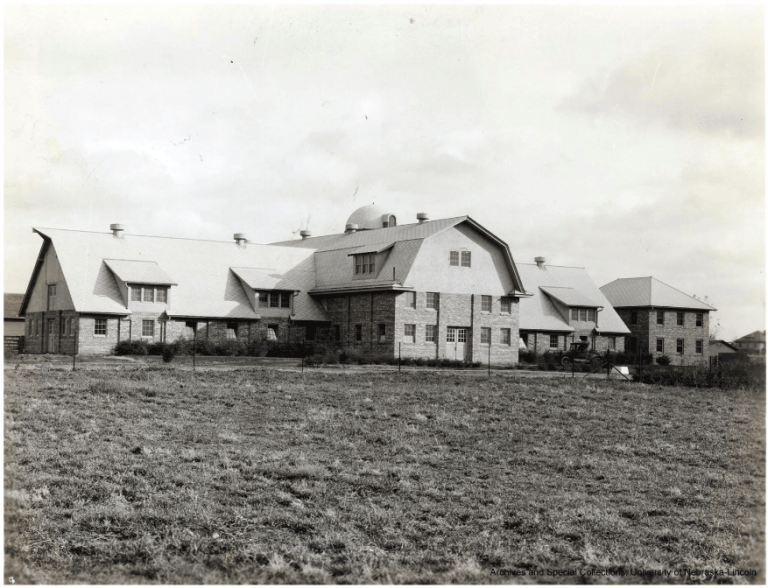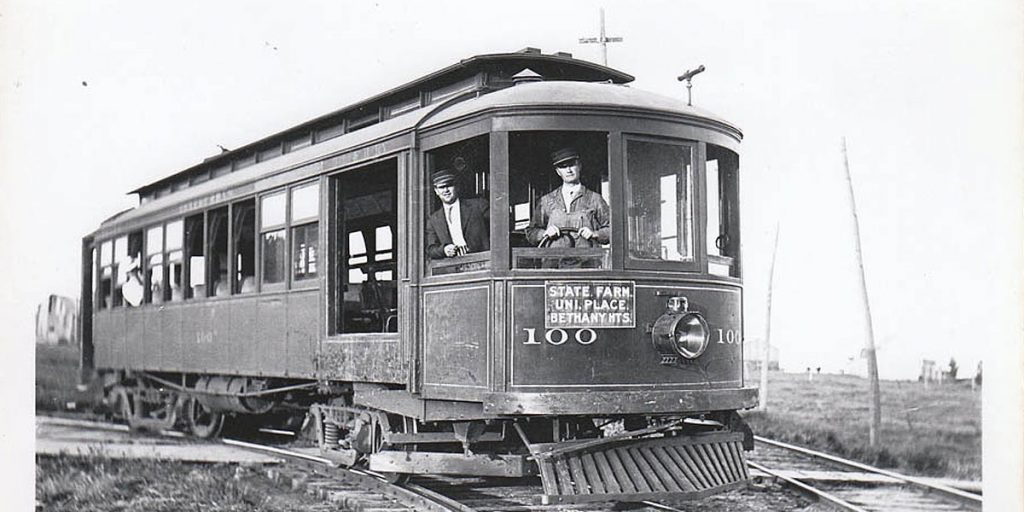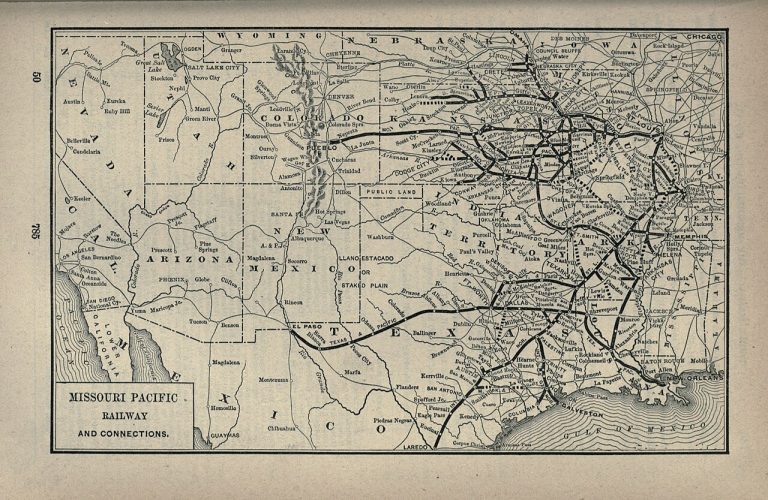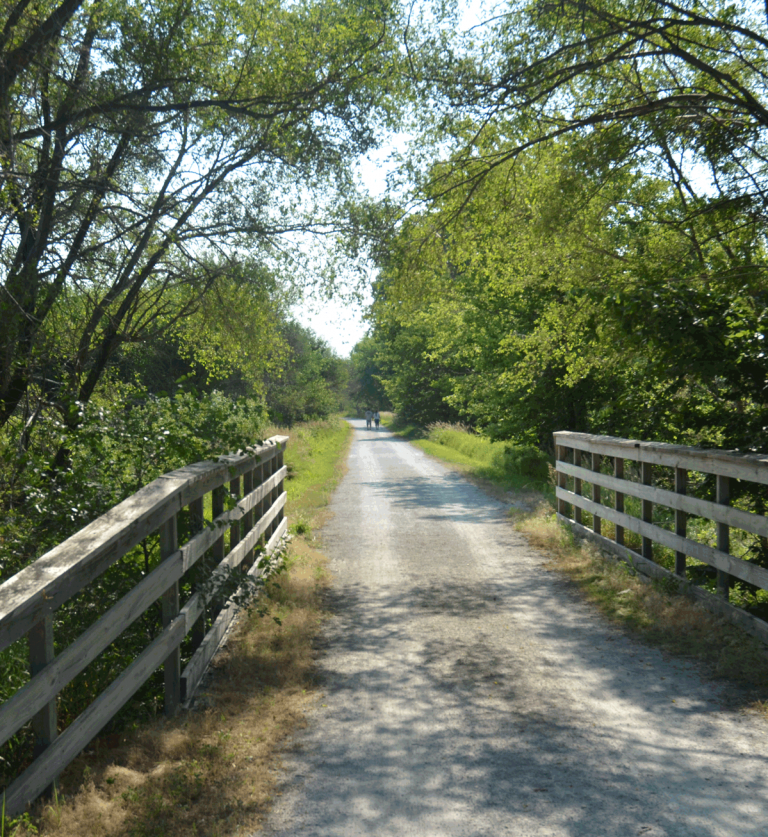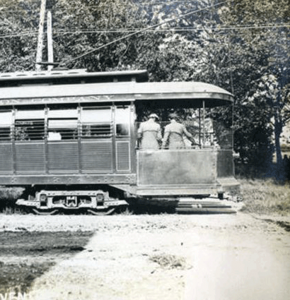History
Tracing our roots
Our community
Rooted in the early 1900s and shaped by the University of Nebraska’s agricultural legacy, Lincoln’s East Campus neighborhood blends academic tradition with historic charm. Originally home to professors and university staff, the area grew around the East Campus of UNL, featuring tree-lined streets, classic architecture, and a tight-knit community spirit. With roots dating back to the 1870s, East Campus remains a living piece of Lincoln’s past—where history, education, and neighborhood pride still thrive.
In 2002, the “Professor’s Row” portion of East Campus was was designated an historic landmark district.
Growing up farming
Excerpted from Oral History of East Campus: The College of Agriculture was established in June 1872. The first “Model Farm” consisted of several parcels of “Saline Land” in the vicinity of the present State Fairgrounds. This land proved to be unsuitable and a search was started in 1874 for a better site. They found a farm some distance from the downtown University. The farm contained 320 acres and they paid $55 an acre. The farm had 4 miles of Osage orange hedge, 25 acres of young timber, 300 apple trees, 50 peach trees, a good 10 room stone house, a good frame barn and a granary.
Between 1875 and 1890 the name was changed from Agricultural College to Industrial College. For a while, it was called college of Agri-Economics. Now it is known as East Campus and rightly so because of the four colleges: Dental, Agriculture, Law and Home Economics. Sometimes the downtown campus people would call it “Egg Campus.”
The OL&B Railway
The “Interurban” Line of the OL&B Railroad served the area from 1905 through the 1920s, connecting the City of Lincoln with University Place, Bethany and Havelock. Its former right-of-way currently serves as a tree-lined pedestrian path from Idylwild to N. 38th Street through the center of the Landmark District.
Farmer's Fair
The historic Farmer’s Fair was a beloved annual event held on the University of Nebraska–Lincoln’s East Campus, celebrating the College of Agriculture’s students and their work. Originating in the early 1900s, the fair was a lively showcase of rural life, featuring livestock exhibits, machinery demonstrations, student-run booths, and a festive parade. Students played a major role in planning and hosting the fair, often donning overalls and western attire to embrace their agricultural roots.
One of the fair’s most iconic traditions was the “Barb-B-Que,” where attendees gathered for food and fellowship. The event brought together university staff, students, and the local community, blending education, entertainment, and tradition.
The Missouri-Pacific
The Missouri Pacific Railroad (MoPac) played a pivotal role in Lincoln, Nebraska’s development as a transportation hub in the late 19th and early 20th centuries. Established in Lincoln in 1886, the MoPac connected the city to a broader network, facilitating the movement of goods and passengers across the west. By 1916, Lincoln was served by five major railroads, including MoPac, underscoring the city’s strategic importance in the nation’s rail system.
However, the mid-20th century saw a decline in rail travel, leading to the closure of MoPac’s freight office in Lincoln on September 30, 1983. The railroad’s legacy endures through the MoPac Trail, a recreational path that traces the former rail corridor, allowing residents and visitors to experience a piece of Lincoln’s rich railroad history.
The MoPac Trail
Originally part of the Missouri-Pacific Railroad’s Omaha Belt Line, the rail line ceased operations in 1984 after severe flooding near Elmwood damaged the tracks. Recognizing the potential for a biking and hiking trail, local advocates, including the Nebraska Trails Foundation and the Great Plains Trails Network, rallied support. In 1989, Lincoln residents voted overwhelmingly in favor of a bond issue to support the proposed MoPac Trail. By 1991, the corridor was deeded to the Lower Platte South Natural Resources District, paving the way for the MoPac East Trail’s opening in 1994.
Efforts are underway to bridge the “MoPac Gap,” aiming to connect Lincoln and Omaha via the Lied Platte River Bridge, enhancing regional connectivity. The trail’s evolution from rail line to recreational haven underscores Lincoln’s commitment to preserving history while promoting outdoor activity, and would connect Nebraskans to each other right on the border of the East Campus community.
Streetcars
The Lincoln Traction Company streetcars were a defining feature of early 20th-century life in Lincoln, Nebraska, established in the late 1800s. This electric streetcar system connected neighborhoods, downtown businesses, and the two University of Nebraska campuses.
The trolleys, powered by overhead electric wires, were a common sight along O Street and major thoroughfares. In addition to standard transit service, the company also ran “picnic cars”—open-air streetcars that took riders to destinations like Epworth Park for leisure and recreation.
ECCO's Luckey Homes
Henry Carl Luckey (1868–1956) was a prominent figure in Nebraska’s political and civic life. After graduating from the University of Nebraska–Lincoln in 1912, he pursued postgraduate studies at Columbia University in 1914–1915. Though admitted to the bar, he chose careers in real estate and construction in Lincoln, building many of the homes in the area between the years of 1916 and 1929. 37th Street was known as Luckey Avenue. Luckey’s kitchens were generally small, leading neighbors to joke that a Luckey house would have a nice big front room, some bedrooms, and if there was any space leftover, a kitchen.
Luckey served as a Democratic U.S. Representative for Nebraska’s 1st District from 1935 to 1939.

